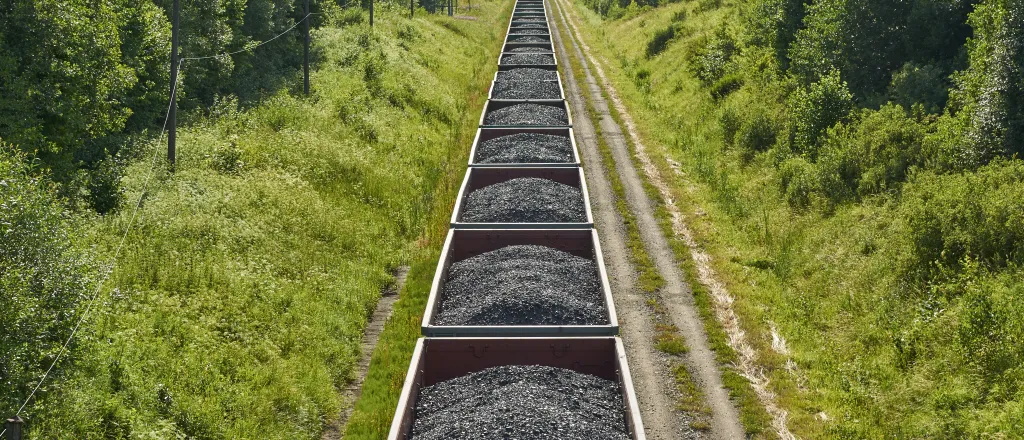
Report: Half of nation's coal power units to retire by 2026
(Wyoming News Service) The U.S. is projected to retire half of its coal-fired power units by 2026, just 15 years after coal use for electricity reached its peak in 2011, according to a new report.
Seth Feaster, an energy data analyst with the Institute for Energy Economics and Financial Analysis, said the report should sound an alarm for communities in Wyoming and across the nation dependent on coal production who will see a direct impact on jobs, and on tax revenues that have fueled schools, hospitals and other essential services.
"Coal communities really need to try and develop plans for how they are going to weather these kinds of changes that are going to be intensifying over the next decade. Some places, such as the Powder River Basin, that impact is going to be pretty intense," Feaster said.
The news comes as Wyoming lawmakers continue to try to slow the transition away from coal. Governor Mark Gordon recently signed legislation that earmarks $1.2-million from the general fund to be used in legal actions against any agency or group that acts in any way that might negatively affect Wyoming's coal industry.
One main driver of coal's decline is the legal obligation that utilities and states are under to provide energy at the lowest possible rate to consumers. Utilities have increasingly turned to cheaper wind and solar, which require zero fuel to generate electricity, and to natural gas. Feaster said even facilities that are not mothballed in the near term will be using less coal.
"So coal is becoming a smaller and smaller piece of what utilities plan on using in order to produce the power that they need. That's not really about policy, it's about economics," he added.
In 2011, coal produced 44 percent of all electricity in the U.S. Last year it produced just 20 percent, and is projected to drop to 10 percent or less by 2030. Feaster added another factor that makes coal less competitive in the marketplace is the age of coal-fired plants. More than half of the units not already scheduled to close are at least 40 years old.
"The bulk of coal-fired power plants were built in the '70s and '80s," he said. "And that's making them more costly to run, more costly to maintain, and less flexible in what they are able to deliver to the grid."

















